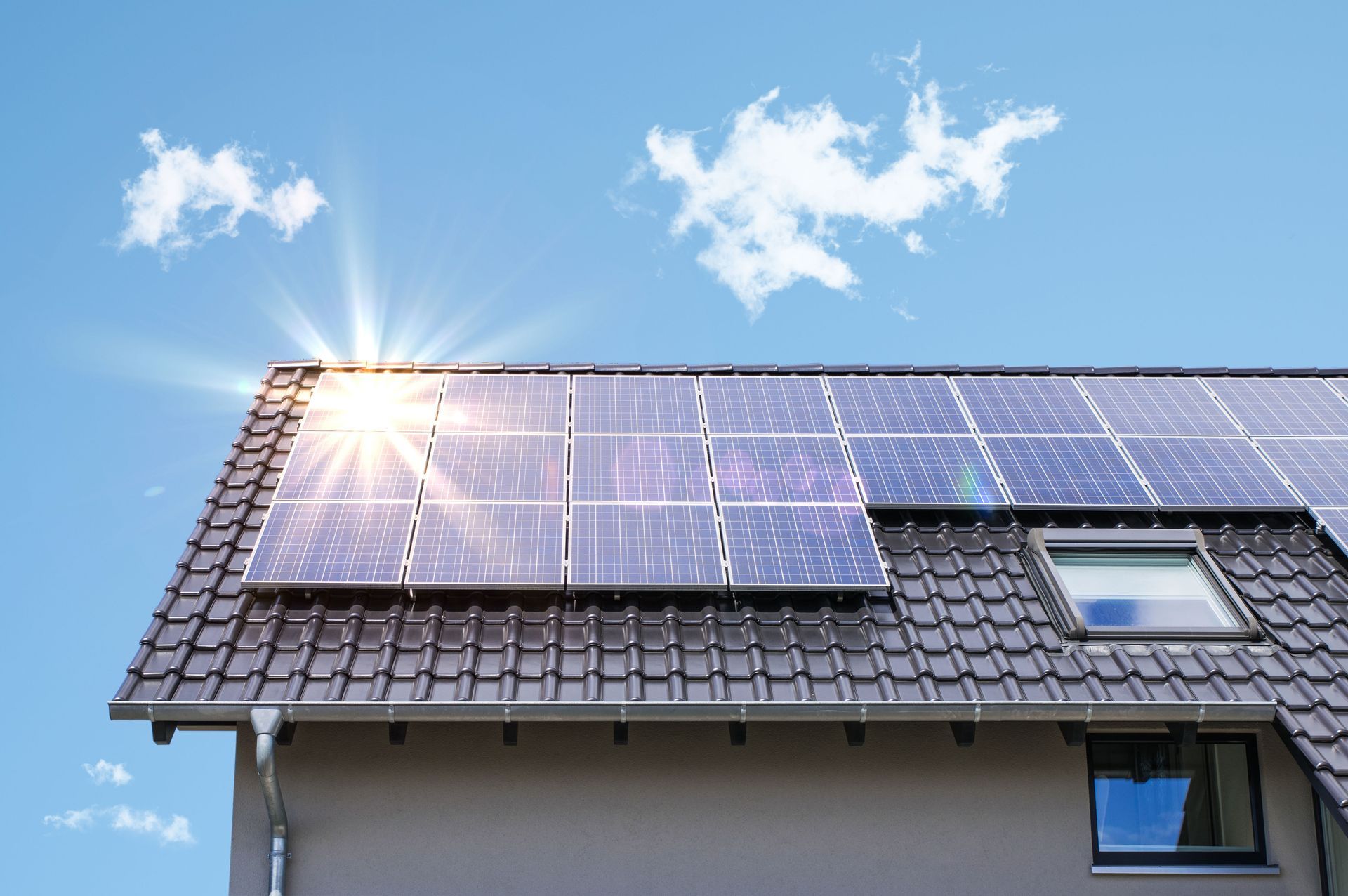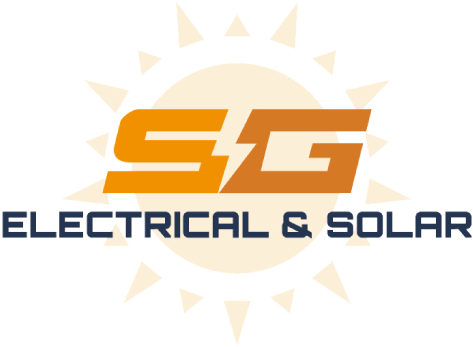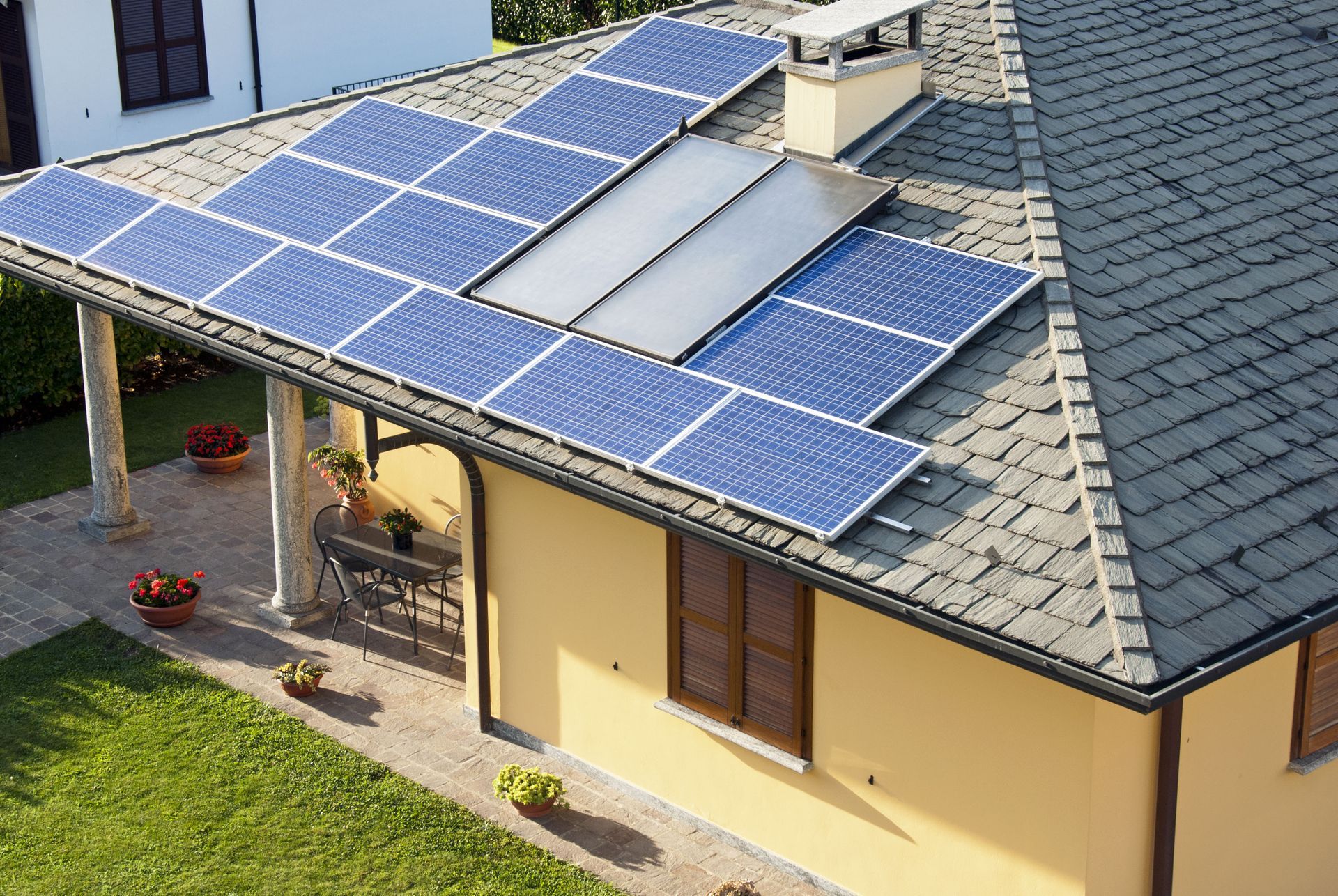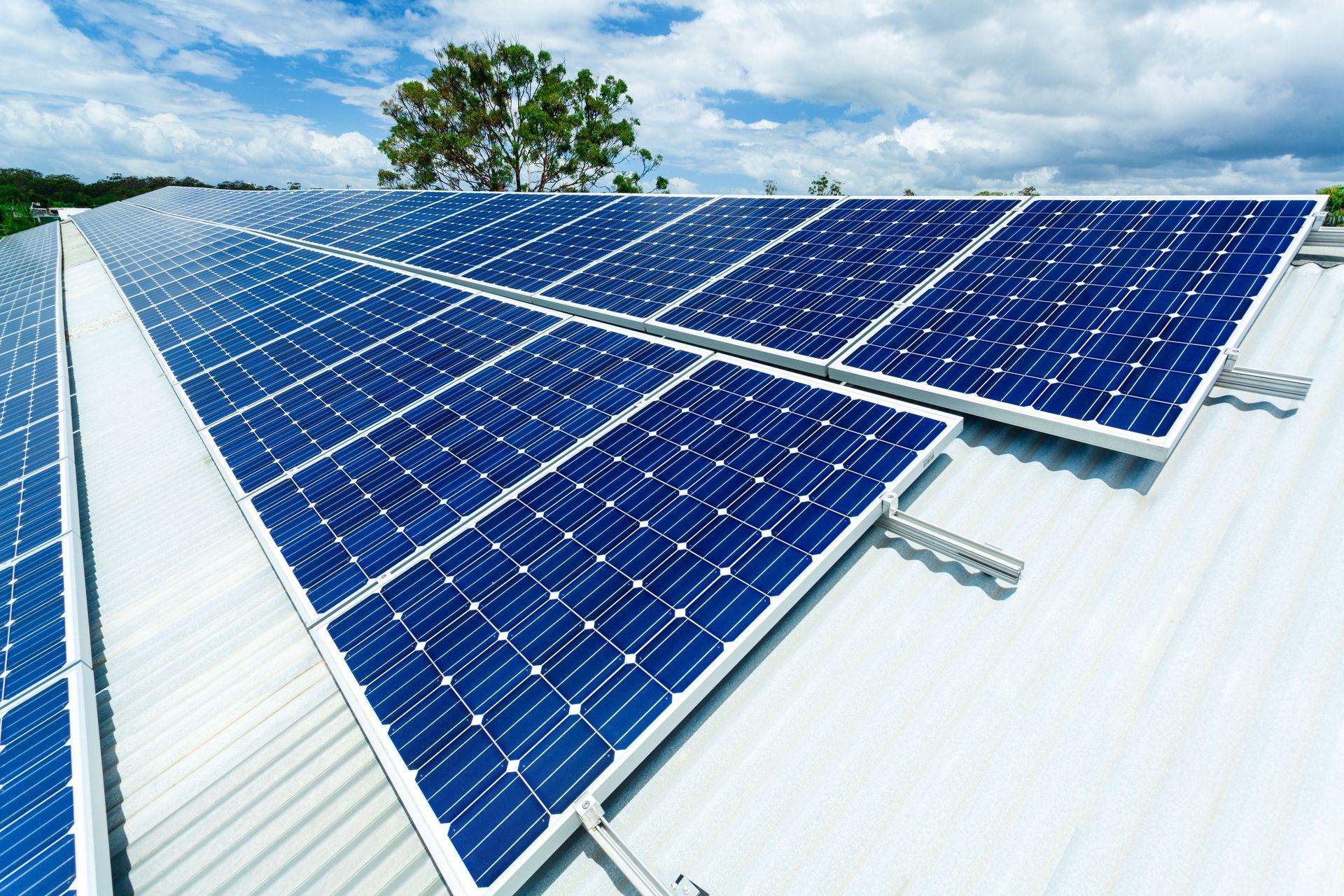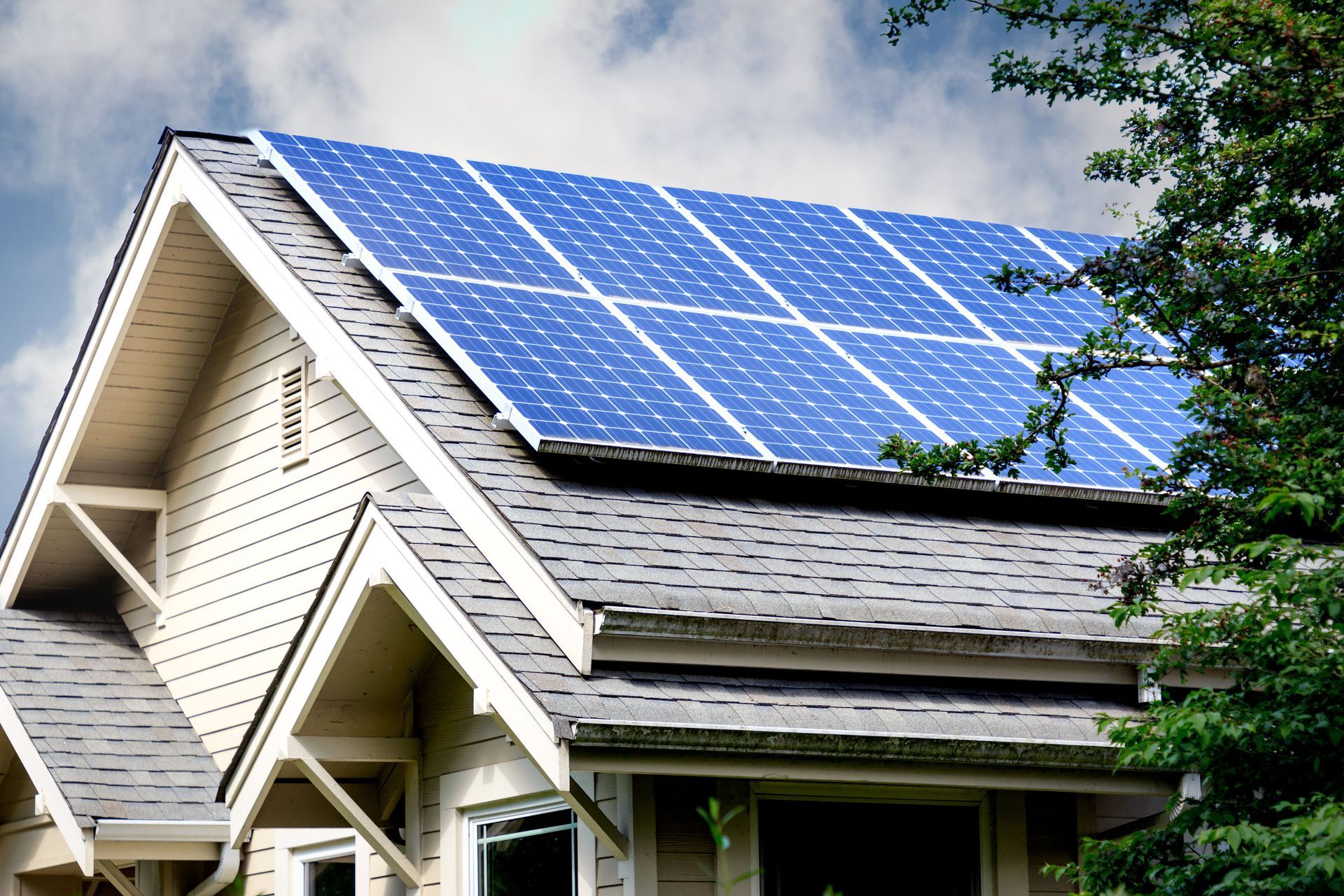August 25, 2025
The global shift toward sustainable energy has propelled solar installations into the spotlight as a viable alternative to fossil fuels. Solar energy is no longer a niche technology but a rapidly expanding industry reshaping energy consumption. Driven by environmental awareness, economic incentives, technological advancements, supportive policies, global events, and cultural shifts, solar installations are becoming increasingly popular. This article explores the key reasons behind this trend, highlighting why solar energy is a cornerstone of the renewable energy movement.
Rising Environmental Awareness
Climate Change Concerns
Climate change, a pressing global challenge, has heightened public awareness of the need for renewable energy. The link between fossil fuel use and global warming has driven interest in solar installations as a cleaner alternative. Educational efforts by scientists and environmental groups have emphasized the urgency of reducing carbon emissions, encouraging individuals and businesses to adopt solar energy to mitigate environmental damage.
Reducing Carbon Footprint
Solar energy's emissions-free operation makes it an effective way to lower carbon footprints. Homeowners and businesses are increasingly investing in solar installations to align with sustainable practices. This shift reflects a broader commitment to environmental responsibility, with solar power becoming a key component of eco-friendly lifestyles and corporate sustainability initiatives.
Educational Campaigns and Media Influence
Government and non-governmental campaigns have demystified solar energy, providing accessible information about its benefits and dispelling myths about cost and efficiency. Media coverage of climate issues and renewable energy breakthroughs has further normalized solar installations. Social media platforms amplify personal stories of solar adoption, building trust and encouraging widespread acceptance.
Social Responsibility
Consumers increasingly prioritize sustainability, pushing companies to adopt solar installations as part of their corporate social responsibility efforts. Businesses across industries use solar energy to reduce costs and demonstrate environmental stewardship, appealing to eco-conscious consumers. This trend underscores a cultural shift toward sustainable living, keeping solar energy in the spotlight.
Economic Incentives and Financial Benefits
Government Subsidies and Tax Credits
Governments worldwide offer subsidies, tax credits, and grants to make solar installations more affordable. These incentives reduce upfront costs, encouraging adoption and supporting climate goals. By lowering financial barriers, such measures have significantly boosted the solar market, making it an attractive investment for homeowners and businesses.
Decreasing Costs of Solar Panels
The cost of solar panels has dropped significantly due to technological advancements and economies of scale. According to EcoWatch, solar prices are expected to decrease in 2024, further enhancing affordability. This trend has made solar installations accessible to a broader audience, driving adoption across residential and commercial sectors.
Long-term Savings
Solar installations offer substantial savings on energy bills, with minimal ongoing costs after installation. The initial investment, offset by incentives and declining panel prices, is often recouped within a few years. Over time, cumulative savings provide economic stability, making solar a financially savvy choice.
Increased Property Value
Homes with solar installations often see increased resale value, appealing to eco-conscious buyers. Solar-equipped properties are viewed as modern and cost-efficient, selling faster and at higher prices in regions with high solar awareness. This dual benefit of savings and enhanced property value solidifies solar as a smart investment.
Innovative Financing Options
Solar leasing and power purchase agreements (PPAs) allow consumers to adopt solar with minimal upfront costs. These flexible financing options enable more people to access solar installations, expanding the market and making clean energy more inclusive.
Technological Advancements
Improved Solar Panel Efficiency
Advancements in photovoltaic technology have increased solar panel efficiency, allowing solar installations to generate more power from the same amount of sunlight. These improvements make solar viable for diverse applications, from homes to industrial facilities, with ongoing research promising even greater efficiencies.
Energy Storage Solutions
Advanced battery technologies, like those from Tesla, enable efficient storage of excess solar energy, ensuring a reliable power supply during low sunlight periods. This addresses a key limitation of solar energy, enhancing the appeal of solar installations for energy independence.
Smart Home Integration
The integration of solar installations with smart home systems optimizes energy use. Smart technologies monitor and adjust consumption based on solar production, maximizing efficiency. This synergy with smart home advancements drives further adoption of solar energy.
Advanced Solar Inverters
Modern inverters improve the efficiency and reliability of solar installations by converting solar energy more effectively. Micro-inverters optimize individual panel performance, while enhanced monitoring capabilities allow real-time tracking of energy production, making systems more user-friendly.
Material Science Innovations
Innovations in materials promise higher efficiency and lower costs for solar panels. Improved durability through advanced coatings extends panel lifespan, making solar installations more resilient and appealing for long-term use.
Policy and Legislative Support
Renewable Energy Mandates
Governments are implementing mandates requiring a percentage of energy from renewable sources, creating opportunities for solar installations. These policies incentivize investment in solar infrastructure, aligning with global climate commitments and driving industry growth.
Net Metering
Net metering allows solar users to feed excess electricity back into the grid, earning credits that reduce utility costs. This policy shortens the payback period for solar installations, making them economically attractive and encouraging broader adoption.
International Climate Agreements
Agreements like the Paris Agreement emphasize renewable energy to meet carbon reduction goals. Solar energy plays a central role in these strategies, with countries implementing policies to promote solar installations and achieve global climate objectives.
Research and Development Support
Government funding for solar research drives technological advancements, reducing costs and improving performance. These efforts ensure solar installations remain competitive and accessible, fostering industry growth through innovation.
Community Solar Programs
Community solar initiatives allow shared access to solar installations, benefiting those without suitable rooftops or financial means. Participants receive bill credits, democratizing access to solar energy and expanding its reach.
Influence of Global Events
Energy Security
Geopolitical tensions highlight the need for energy independence, with solar installations offering a reliable, domestic energy source. By reducing reliance on imported fossil fuels, solar enhances national security and economic stability.
Economic Recovery Plans
Post-recession recovery plans often include investments in solar installations to create jobs and stimulate economic growth. These initiatives align with environmental goals, positioning solar as a key driver of sustainable development.
Natural Disasters
Frequent natural disasters expose grid vulnerabilities, increasing interest in resilient solar installations paired with storage solutions. These systems provide reliable power during outages, enhancing community resilience.
Remote Work Trends
The pandemic-driven shift to remote work has increased home energy use, prompting interest in solar installations to reduce costs. Solar offers energy independence, appealing to homeowners seeking sustainable solutions.
Supply Chain Resilience
Global supply chain disruptions highlight the benefits of decentralized solar installations. By reducing dependence on centralized energy systems, solar enhances resilience against supply shocks.
Cultural Shifts and Public Perception
Mainstream Acceptance
Solar installations have transitioned from niche to mainstream, becoming a standard feature in modern infrastructure. Increased visibility in neighborhoods normalizes solar energy, encouraging further adoption.
Youth Advocacy
Younger generations advocate for sustainable solutions, prioritizing solar installations to address climate change. Their activism drives policy changes and promotes renewable energy adoption.
Eco-friendly Branding
Companies leverage eco-friendly branding to highlight their use of solar installations, appealing to sustainability-focused consumers. This trend reinforces solar's role in a sustainable lifestyle.
The popularity of solar installations stems from a convergence of environmental awareness, economic benefits, technological advancements, supportive policies, global events, and cultural shifts. With solar prices expected to decrease in 2024, according to EcoWatch, and ongoing innovations, solar installations are set to play a central role in the global transition to renewable energy, offering a sustainable and economically viable path forward. To learn more, reach out to SG Electrical and Solar today!
